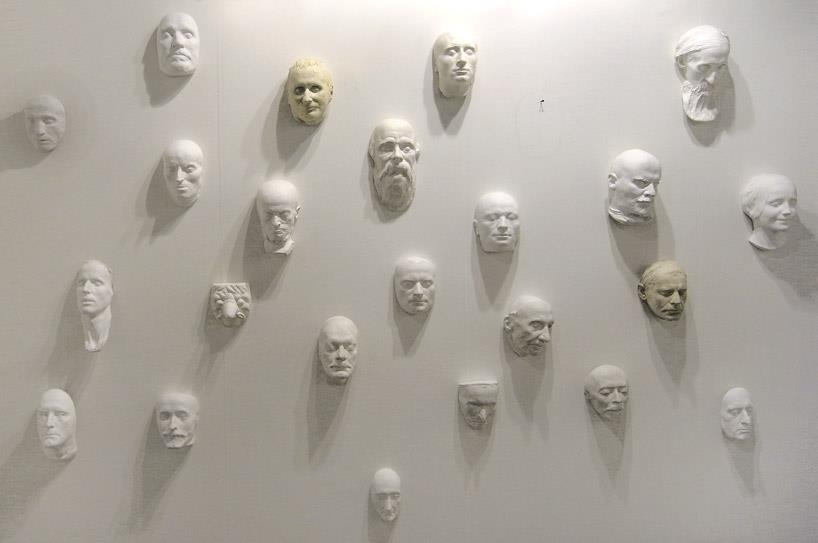
Mat Collishaw
The mask of youth
The eyes of the latest portrait of Queen Elizabeth I follow you around the room. No, they really do. Mat Collishaw’s hyperrealistic mask of the Tudor queen comes to life, whirring and grimacing, to shock visitors in the shadowy former royal chambers of the Queen’s House. As the days darken, the effect will get spookier. The Virgin Queen’s dark eyes dart around nervously. Her mouth opens as if to speak but she cannot find the words. She is dazed by a future she can’t comprehend, a robot ghost staring in horror and doubt at her own painted image – Collishaw’s undead death mask has her eyes fixed on the Armada Portrait, painted in 1588 and a treasure of the Queen’s House after being meticulously restored.


